7 simple car inspection and maintenance steps that can be done at home
(Baonghean.vn) - When owning a car, everyone wants their "beloved car" to always be shiny and beautiful, everything to work stably... The following car inspection and maintenance work can be easily done at home with the aim of helping car owners save time, money and avoid troubles that may arise while driving.
1. Check the coolant level weekly
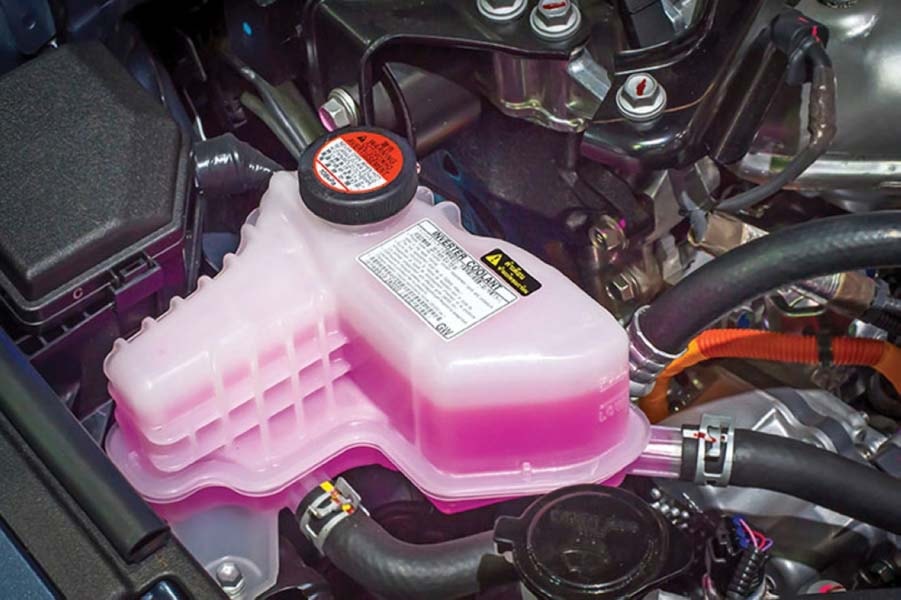 |
Many cars today have transparent tanks marked with LOW/HIGH levels for easy observation. Check and add coolant when the coolant level drops below or is level with the LOW (low) line. Note: Do not remove the cap when the engine is hot, add the coolant that is used for the car; Do not add a different type of coolant than the one used on the car. You can add pure water because most of the evaporated liquid is mainly water. |
2. Check belts and pipes monthly
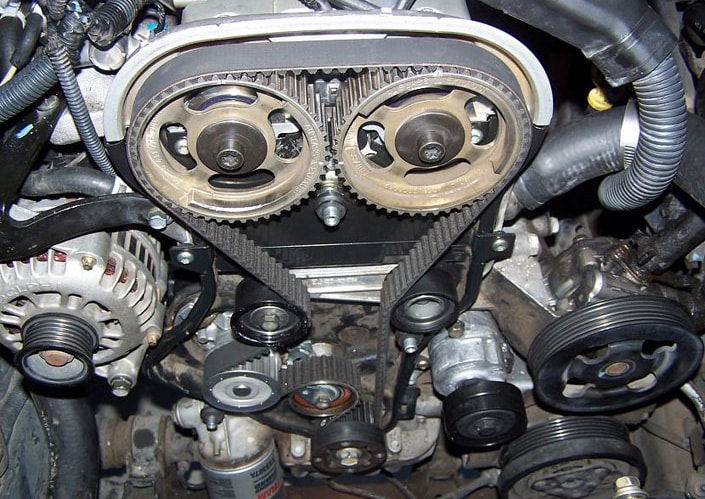 |
Belts should be replaced when they show signs of wear, wear, or fraying; tighten the belt when it sags about 1.5cm when pressed down; however, some vehicles have automatic belt tensioners that do not require adjustment. Check the hoses, if they are bulging, too soft, too hard, or cracked, they should be replaced. |
3. Check the air filter monthly
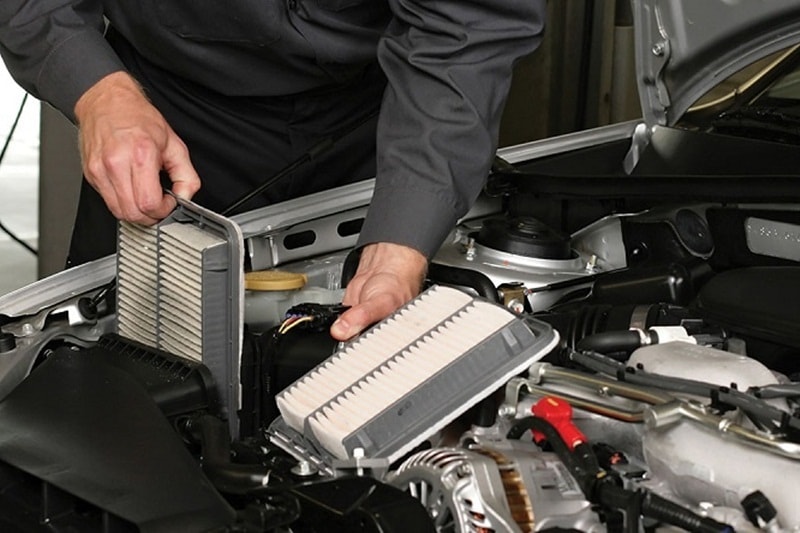 |
With conventional disposable oil-impregnated paper air filters, dirty air filters should be replaced with new ones because using dirty air filters reduces the air flow into the engine, causing an air-fuel ratio error, reducing engine power and wasting fuel. With oil-impregnated cloth air filters, if dirty, clean and add oil. Note: Do not add too much oil, because the intake air passing through can carry the filter oil and contaminate the intake air flow sensor. |
4. Check windshield washer fluid and wipers
 |
Always check and fill the windshield washer fluid reservoir almost full for use. Use a wet cloth to wipe the 2 "rice leaves" to ensure it is clean and free of sand. Usually, wiper blades should be replaced at least once a year if they are not clean, causing squeaking noises when operating. Do not wait until the rubber part is worn or broken before replacing. |
5. Check the battery
 |
Make sure the cables are tight and free of corrosion. If using a battery with a water fill hole, only add purified drinking water. Be very careful when working with batteries as they can produce explosive gases. Please wear safety glasses and gloves when inspecting or taking precautions. |
6. Car brake system
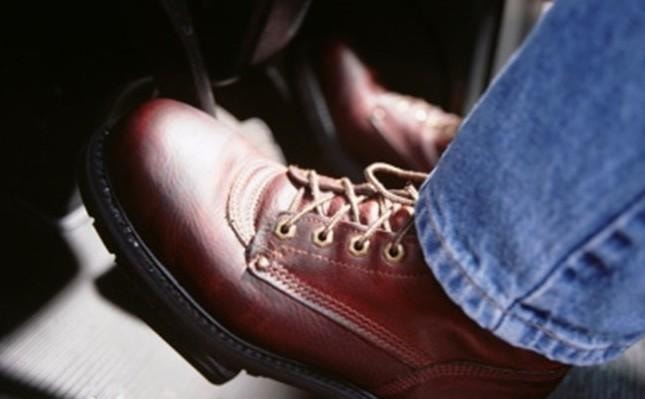 |
Do not start the engine, step on the brake pedal. If the brake pedal is hard, the brake booster system is still working. If the brake pedal feels weak, the vacuum booster has a problem and needs to be fixed. Check the ABS warning light. If the light is flashing or on continuously, go to the garage for inspection. Check the brake discs. If you notice uneven wear, smooth the brake discs. |
7. Check the tires
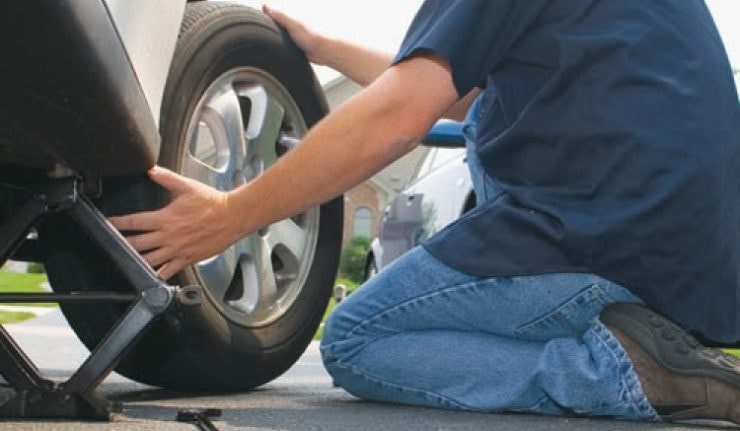 |
Check the entire tire surface for cuts or swelling. Tires should be rotated at the first 10,000 km and every 15,000 km thereafter. Tires should be replaced if they are worn or damaged during use... Do not attempt to use worn tires. Tires should be inflated to the correct pressure and you should have your own pressure gauge and mini pump. |


